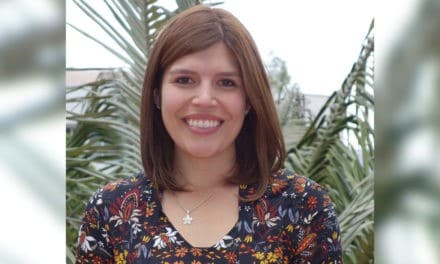Congratulations to HALO PhD candidate Angelica Blais (Supervisor Dr. Patricia Longmuir) on the new paper, “Participation in a Community-Based Sport Program is Feasible for Children with Congenital Heart Disease and May Benefit Physical Literacy Development: A Pilot Study” that was just published in Exercise Medicine! The study found that Sportball was a feasible intervention for children with complex cardiac diagnoses, and that participating just one hour per week provided measurable benefits for their strength and motor skills. Citation details and a summary of the paper are below.
Blais AZ, Lougheed J, Adamo KB, Longmuir PE. Participation in a Community-Based Sport Program is Feasible for Children with Congenital Heart Disease and May Benefit Physical Literacy Development: A Pilot Study. Exerc Med. 2020;4:8. doi:10.26644/em.2020.008
Abstract
Objectives
Children with congenital heart disease (CHD) often lack confidence and demonstrate limited movement skills during physical activity. Community-based sport programs have been suggested to build their confidence and competence. This study examined the feasibility and physical literacy impact of an existing community-based sport program for children with moderate to complex CHD.
Methods
This pilot study employed a parallel mixed method, single-case experimental design to evaluate the feasibility and impact of a weekly, community-based sport intervention (Sportball©). Intervention field notes and focus group transcripts were analysed deductively to inform feasibility. Physical literacy outcomes were measured using the Canadian Assessment of Physical Literacy. Paired t-tests examined changes in physical literacy scores, while qualitative data informed perceived changes in physical literacy tasks.
Results
Participants (n=11, 45% female) were 8.2 ± 1.2 years. Nine children completed >80% of the 1-hour Sportball© sessions (10 lessons total). No adverse events occurred during or as a result of the intervention. Enabling participants to recognize the sensations of exercise and whether or not they needed to rest, designing activities and instructions to mitigate the risk of body contact, and accommodating the needs of participants with developmental/attentional limitations were important factors embedded into the design of the program, contributing to its feasibility. Participants reported perceived improvements in movement skill and torso endurance/strength, changes which were reflected in the objective physical literacy measures (movement skill: ∆ mean= 2.0 ± 0.98 points, p=0.07, r=0.57; torso endurance/strength: ∆ mean= 5.27 ± 7.20 seconds, p=0.44, r=0.26).
Conclusions
The Sportball© intervention was feasible for children with CHD, including those with activity restrictions or developmental delays. Children enjoyed the program and wanted it to continue. Measurable improvements in movement skill and muscular endurance were recognized by participants. Future trials evaluating Sportball©’s impact with larger samples and multiple 10-week sessions are recommended.
Click here to read the full article.





